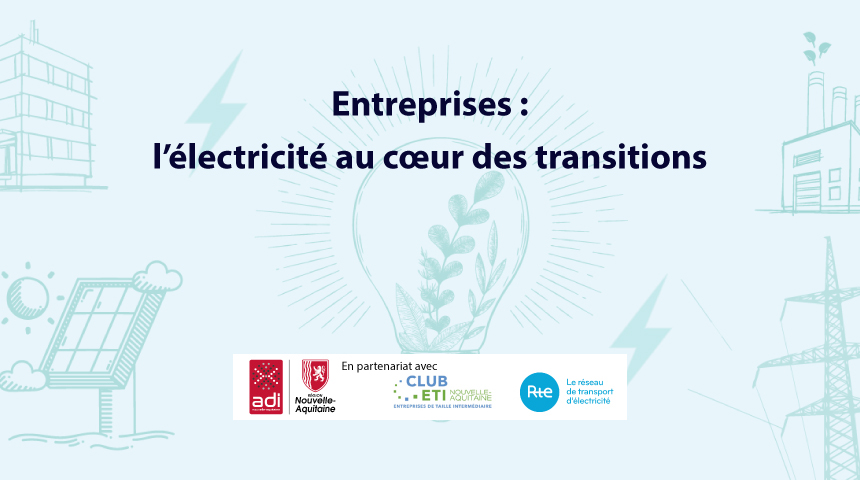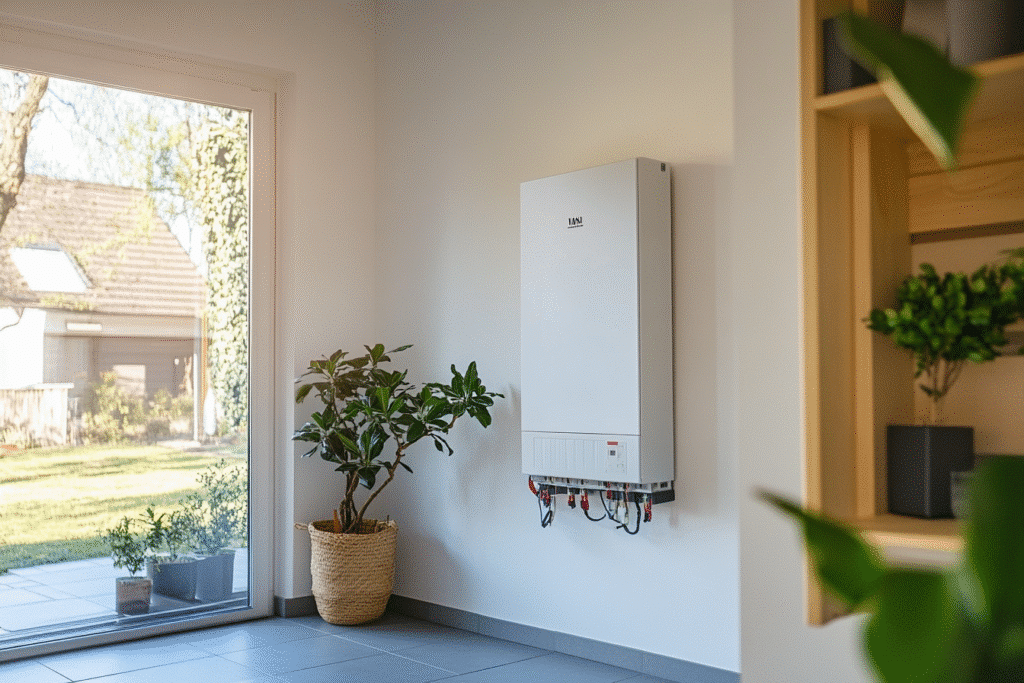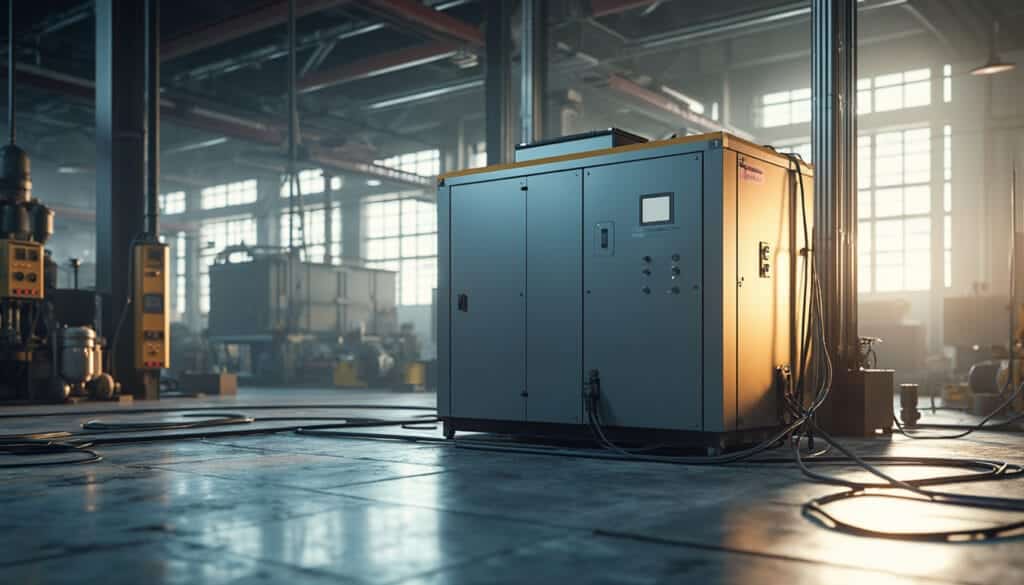New Perspectives in Energy Storage
Energy storage plays a crucial role in the transition to effective and sustainable renewable energies. With rapid technological evolution, several new storage methods promise to revolutionize the sector.
Lithium-ion batteries remain at the heart of storage solutions, offering high energy density and optimized lifespan. However, challenges related to lithium supply and environmental constraints are driving the search for alternative technologies.
Redox flow batteries represent another potential technology. They allow energy to be stored in electrolyte liquids, providing a longer lifespan and enhanced safety. Furthermore, they are particularly suited for large-scale storage applications.
Flywheel storage systems offer a robust and sustainable solution. They store energy in the form of a high-speed spinning flywheel, making them ideal for applications requiring rapid charge-discharge cycles.
Thermochemical storage technology exploits chemical reactions to store and release thermal energy. This method is promising, particularly for heating and cooling applications in eco-friendly buildings.
Gravitational potential energy is now harnessed with gravity energy storage systems. These systems lift heavy masses to store energy and allow them to descend to release it, providing an ecological and scalable solution.
Innovation in energy storage also extends to hydrogen solutions. Fuel cells and electrolyzers enable the conversion of electricity into hydrogen, providing a long-term energy storage solution with zero CO2 emissions.
Technological advancements and ongoing research push the boundaries of existing storage systems while introducing new solutions. These innovations will play a vital role in ensuring an effective and sustainable energy transition.
Battery Storage
Energy storage has become a crucial element for the transition to renewable energy sources. Innovations in this field enable the stabilization of electricity grids and maximize the use of energy produced by solar, wind, and biomass installations.
Among the technological advancements, battery storage stands out for its efficiency and flexibility. These systems, increasingly present in sustainable mobility projects and eco-friendly buildings, offer several advantages:
- Optimization of produced energy: batteries allow surplus energy produced during off-peak periods to be stored for later use.
- Reduction of carbon footprint: by facilitating the integration of renewable sources, they contribute to clean and sustainable energy production.
- Increased reliability of grids: thanks to storage, variations in electricity production and demand can be better managed, ensuring stable supply.
Advanced storage solutions also integrate technologies such as lithium-ion, redox flow batteries, and supercapacitors, each with specific characteristics suited to various energy needs. For example, lithium-ion batteries offer high energy density and long lifespan, while redox flow batteries are valued for their ability to manage large volumes of energy with increased longevity.
These developments pave the way for increased use of renewable energies, making electricity grids more resilient and infrastructures more sustainable for the future.
Hydrogen Storage
Recent advancements allow new opportunities in energy storage, crucial for developing renewable energies. Technological innovations offer diverse solutions to enhance the efficiency and sustainability of energy systems.
Battery storage, for example, has made significant progress with more efficient and cost-effective lithium-ion batteries. New technologies, such as redox flow batteries, can store large amounts of energy for extended periods, increasing the flexibility of electricity grids. Metal-air and solid-state batteries also represent promising future options.
Meanwhile, thermal storage technologies are gaining efficiency, particularly through phase change materials that store energy as heat. These solutions are especially suited for eco-friendly buildings and solar heating systems.
Advancements in hydrogen storage also offer interesting prospects. Hydrogen can be produced through electrolysis from renewable energies and stored in gas or liquid form. This process allows excess electricity to be converted into hydrogen, which can then be used to generate electricity, power vehicles, or for industrial uses.
Hydrogen storage systems include:
- Gas storage systems: using high-pressure tanks to store hydrogen in gas form.
- Liquid storage systems: using the liquefaction of hydrogen at extremely low temperatures to increase energy density.
Innovations in storage materials, such as metal hydrides and nanostructured materials, improve the efficiency and safety of hydrogen storage systems. These advancements offer promising solutions for sustainable mobility and reducing the carbon footprint of industrial sectors.
The integration of energy storage technologies into renewable projects enables the optimization of the availability and profitability of renewable energy sources like wind, solar, and biomass. These solutions actively contribute to the energy transition and support ambitious goals for reducing greenhouse gas emissions.
Articles similaires
Thank you!
We will contact you soon.














